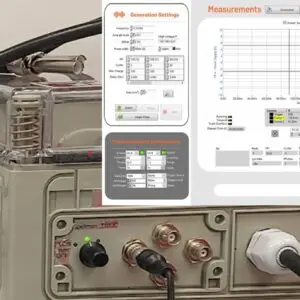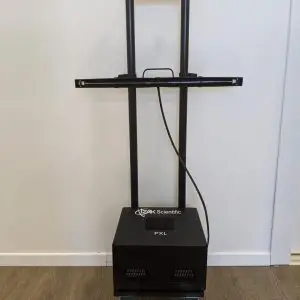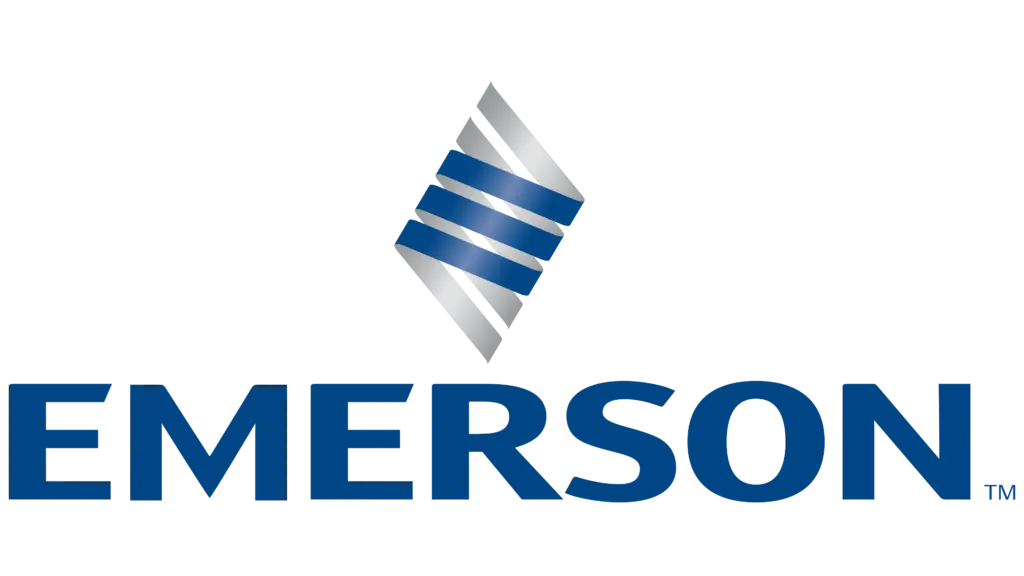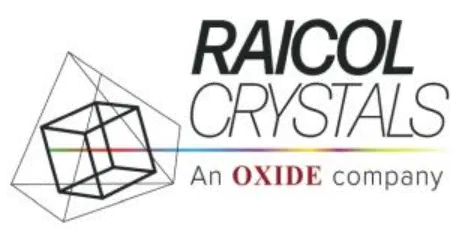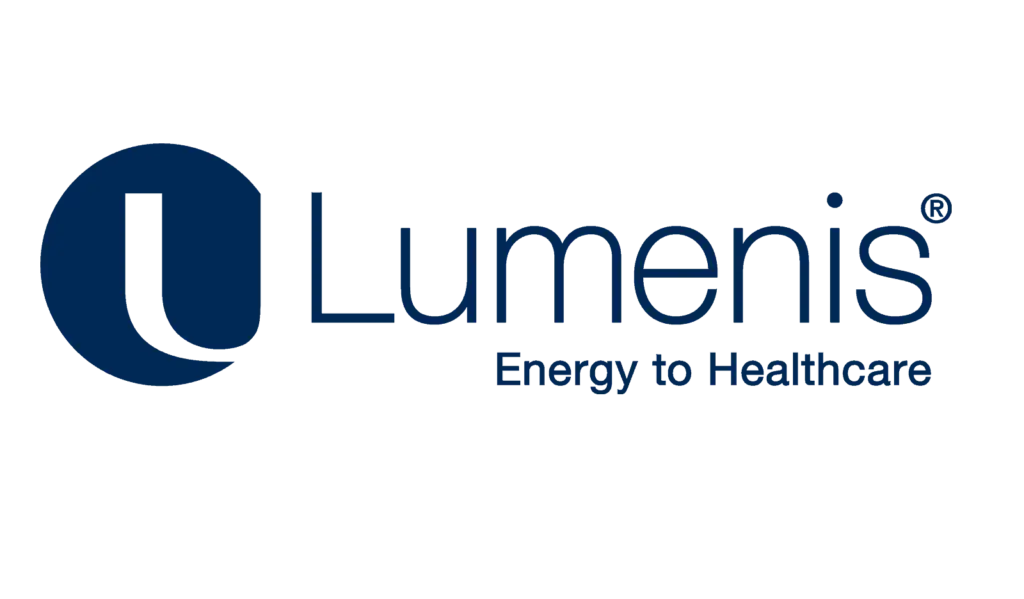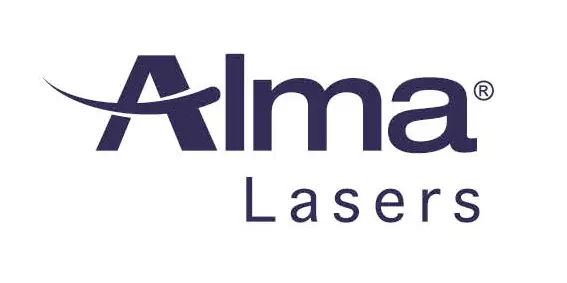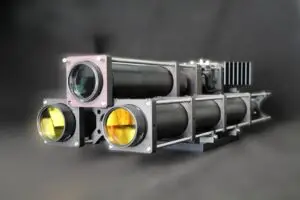Any object or material that transmits an infectious virus is called a Fomite. Today, we are still in the initial stages of understanding the new COVID-19. There is a lot more to study and experiment on its structure and viability on fomites. Though the research studies that were done already give slight insights, things might change with time. As all viruses are capable of undergoing mutations for their survival, the viability aspects upon fomites may change.
A book titled “The Coronavirus: What you Need to Know about the Global Pandemic” by Dr. Rajesh Parikh, a Neuropsychiatrist, discusses how viruses survive on surfaces (fomites), how it reacts differently, and how the deposits are being transferred in a household or hospital environments.
How long does COVID-19 remain on surfaces?
A team of scientists from the National Institutes of Health’s National Institute of Allergy and Infectious Diseases, UCLA, University of California, Princeton University, and the Centers for Disease Control and Prevention underwent a study on how long does COVID-19 remains active (viable) on surfaces like metals, plastics, cardboards, etc. The study confirms the transmission of coronavirus through the air or by touching surfaces that were contacted by COVID-19 infected people.
The study analyzed the viability of two virus strains SARS-CoV-2 and SARS-CoV-1 (closely related to human coronavirus COVID-19) and experimented with materials like aerosol, plastic, stainless steel, copper, and cardboard. The results show a viability up to 3 hours on aerosols, 48 – 72 hours on plastics and stainless steel, 4 hours on copper surfaces, and 24 hours on cardboards.
COVID-19 and plastics: An example
Doctors and healthcare workers use N95 masks, visors, hazmat suits, gloves, shoe covers, and goggles to protect themselves from COVID-19 while treating infected patients. Evidently, these surfaces might have the remains of COVID-19. The reason being, the type of material that is used to manufacture these items is polypropylene, a kind of plastic. COVID-19 and similar viruses are found to stay viable up to 2 – 3 days on these plastics. The only solution to avoid transmission by accidentally touching these surfaces is by frequent disinfection with the UVC system or UVC lamps, followed by proper disposal.
Why PXL Ultraviolet Light Sanitizers for surface disinfection?
PXL Sanitizer uses UVC Light Disinfection technology to disinfect bacteria and viruses prevailing in the surfaces of PPEs, other hospital equipment, metal utensils, commonly used stethoscopes, blood pressure cuffs, pill containers, handles, drug packagings, and a lot more.
So, this kind of UVC sanitizer should be deployed in every hospital or clinic that primarily treats COVID-19 patients. The polypropylene made personal protective equipment, and other such things have to be continuously exposed to UVC disinfection systems to reduce the viability of the viruses prevailing on these surfaces. We could see many hospitals have already been using UVC to treat polypropylene made materials and equipment, and maintain as much sanitization as possible to avoid transmission of COVID-19 from infected surfaces.
If you are looking for a reliable UV sanitizer supplier, feel free to contact us.
Tzachi Sabati
CEO, IZAK Scientific
Physicist specializing in photonics and quantum technologies, with deep expertise in quantum sensors and advanced optical systems. Leads the Advanced Quantum Lab course at the Technion, bridging academic excellence with industry innovation. At IZAK Scientific, provides cutting-edge photonics-based solutions, developing customized inspection and sensing systems for R&D and production. Passionate about advancing quantum sensing applications and integrating novel technologies to meet industry needs.


